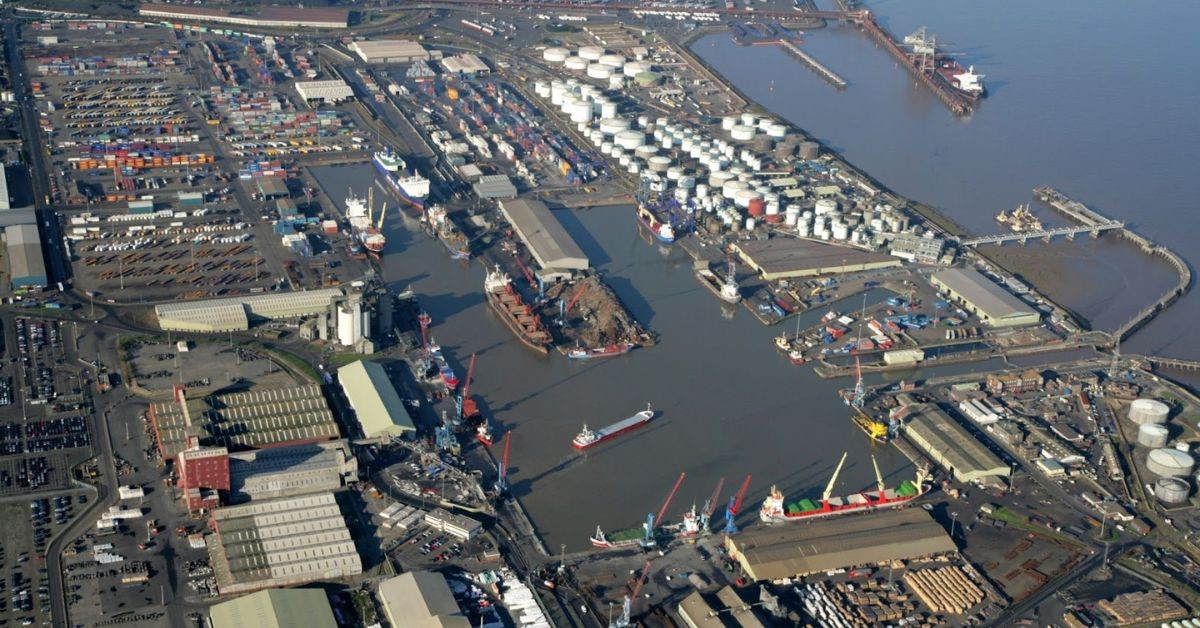The most recent quarterly port freight figures for January through March 2025 were published by the UK Department for Transport. The report claims that the overall amount of freight passing through the main ports in the United Kingdom rose by 5% annually to 107.4 million tonnes. While outbound tonnage increased by little less than 1% to 34.6 million tonnes, inward freight increased by 7% to 72.8 million tonnes. Additionally, the volume of unitized traffic increased by 3% to 4.8 million units. Unitized traffic climbed by 2% to 21.3 million units during the rolling year ending in March 2025, while total tonnage increased by 2% to 425.9 million tonnes.
It notes that in Q1 2025, liquid bulk cargoes increased by 6% to 41 million tonnes, mostly due to a 31% rise at Milford Haven brought on by increased LNG traffic. London led the 16% increase in container volume, which increased by 13% to 18.2 million tonnes. On the other hand, dry bulk tonnage decreased by 4% to 19 million tonnes, mostly due to Port Talbot’s 99% decrease after its blast furnaces were shut down in September 2024.
The volume of Ro-Ro freight rose by 4% to 23.6 million tons, and P&O Ferries increased capacity on the London (Tilbury)–Rotterdam route by 60%. Operating difficulties in ports such as Tyne and Holyhead caused an 8% drop in Ro-Ro non-freight units. Brexit and changes in the energy industry continue to impact port freight volumes in the United Kingdom, according to the Department for Transport.
In the summer of 2026, comprehensive annual statistics for 2025 will be released. Situated in Wales, Milford Haven is one of the biggest energy ports in the United Kingdom. It plays an important part in the UK’s energy infrastructure by handling large volumes of liquid bulk cargoes, particularly LNG imports. A significant industrial port in South Wales, Port Talbot has long been recognized for its steel manufacturing capabilities.
The operations of nearby steelworks, which recently stopped using blast furnaces as part of a shift to renewable energy, are directly related to the port’s freight levels. Situated on the River Thames, the Port of Tilbury is a major container and rail-to-rail port in the United Kingdom that serves London and the South East. A considerable amount of Ro-Ro and container freight traffic is handled by it. On England’s east coast, the ports of Grimsby and Immingham are important for handling Ro-Ro freight and liquid bulk traffic. By tonnage, they rank among the busiest ports in the United Kingdom.









